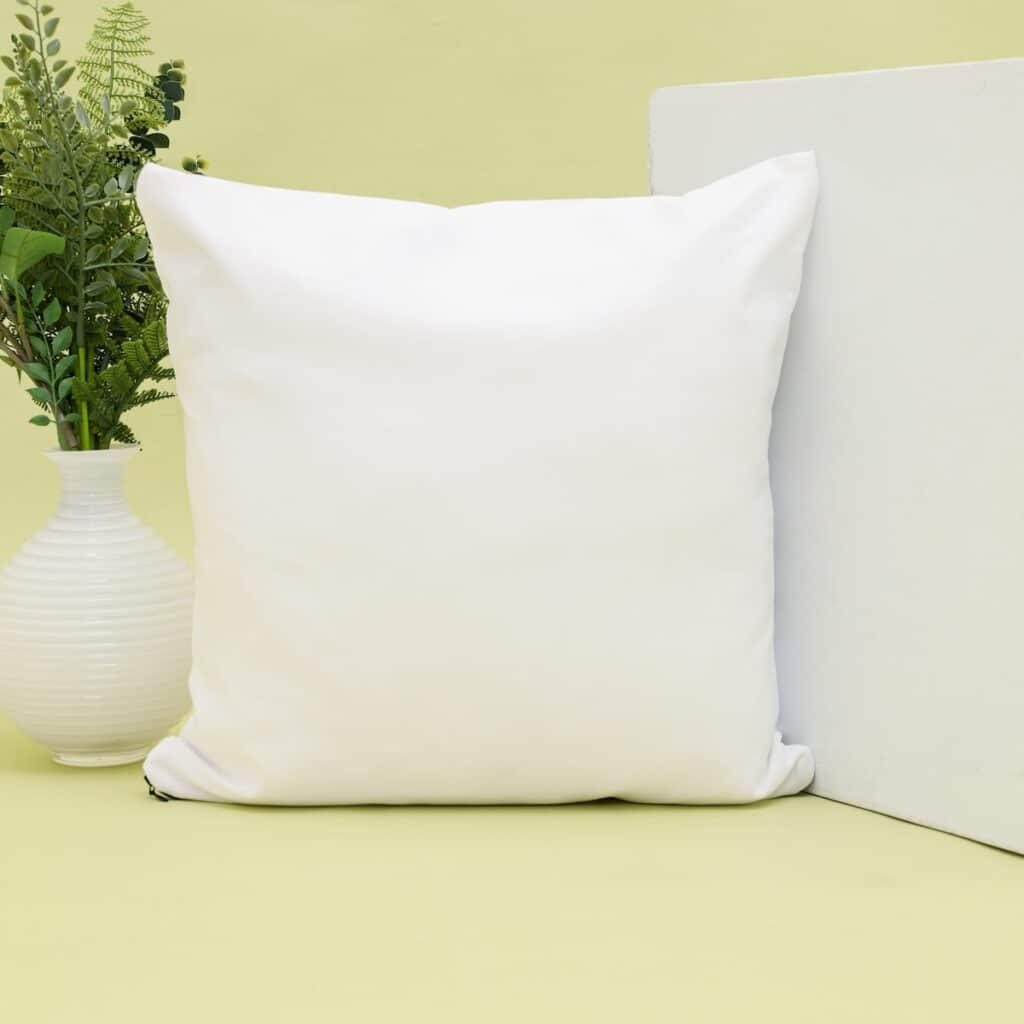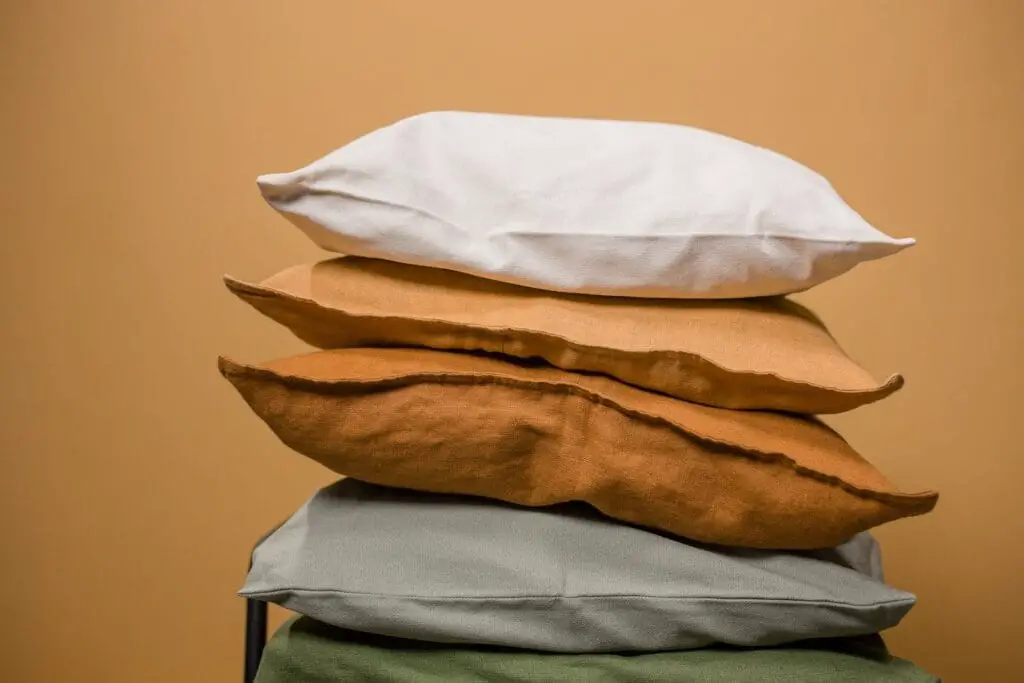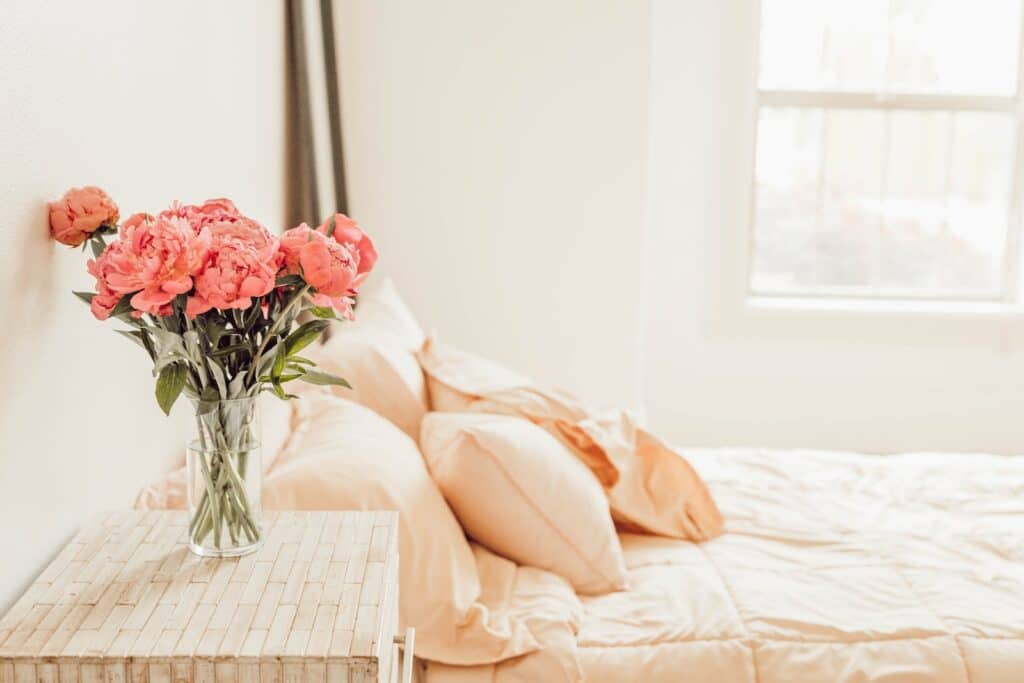Pillows are an essential part of our sleep comfort, but over time, they can lose their brightness and turn yellow. This yellowing is often due to moisture absorption from sweat, saliva, and natural oils. Fortunately, there’s an effective way to restore their original whiteness and freshness. This comprehensive guide will walk you through a simple yet powerful method to clean and whiten your yellowed pillows, ensuring they remain an inviting part of your bedding.
Understanding the Yellowing Pillows

The Causes Behind it
The yellow hue that develops on bed pillows is primarily due to moisture absorption. This includes sweat, saliva, natural oils from your hair and skin, and even residues from skin and hair products. While it’s a normal occurrence, it can be unsightly and unhygienic.
The Magic Formula for Whitening Pillows

Essential Ingredients for the Whitening Process
- 1 cup powdered laundry detergent
- 1 cup powdered dishwasher detergent
- 1 cup bleach (or bleach alternative)
- 1/2 cup borax
Detailed Whitening Process
Step 1: Preparing Your Pillows
- Ensure your pillow is machine washable by checking the tag.
- Remove the pillowcase and any protectors.
- Boil a large pot of water and dissolve the laundry detergent, dishwasher detergent, and borax.
- Pour this mixture into your washing machine or a soaking container, then add the bleach.
- Soak the pillows for a minimum of 30 minutes, flipping them halfway through.
Step 2: The Washing Cycle
- Post-soaking, wash the pillows in a hot water cycle in your washing machine.
- If available, use an extra rinse cycle.
Step 3: Drying the Pillows
- Dry down pillows on a “fluff” or “air” setting.
- Synthetic pillows can be dried on a low heat setting.
- Include tennis balls or wool dryer balls to help fluff the pillows.
Whitening Different Types of Pillows

Memory Foam Pillows
- Safe for this whitening method, but allow extra drying time on a low heat setting.
- For outdoor drying, ensure there’s adequate air circulation.
Down Feather Pillows
- Similar process, with ample drying time on low heat.
- Use dryer balls to prevent feather clumping.
Additional Tips for Maintaining Pillow Freshness

Regular Pillow Care
- Wash pillows every three to six months to prevent yellowing.
- Use pillow protectors to shield against bodily fluids and oils.
- Regularly fluff pillows to maintain their shape and remove dust.
Selecting the Right Cleaning Agents
- Choose detergents effective against body oils and sweat.
- Natural, fragrance-free options are preferable for sensitive skin.
Tackling Stubborn Stains
- Pre-treat tough stains with a stain remover before soaking.
- Gentle scrubbing can aid in stain removal, but avoid damaging the fabric.
When to Replace Your Pillows
Recognizing the Signs for a New Pillow
- Persistent odors despite washing.
- Lumps or uneven filling distribution.
- Reduced support causing neck or back discomfort.
Eco-Friendly Disposal of Old Pillows
- Donate gently used pillows to shelters.
- Repurpose them for pet beds or as packing materials.
Enhancing Pillow Longevity and Hygiene
Pillow Protectors and Covers
- Invest in quality pillow protectors to extend pillow life.
- Regularly wash pillow covers to maintain hygiene.
The Importance of Pillow Rotation
- Rotate and flip pillows regularly to ensure even wear.
- This practice helps maintain pillow shape and comfort.
Conclusion
Maintaining the cleanliness, brightness, and hygiene of your pillows is crucial for a healthy sleep environment. This guide not only helps in restoring the whiteness of your pillows but also provides tips for regular maintenance and care. By following these steps, you can ensure your pillows remain comfortable, clean, and fresh, enhancing your overall sleep experience.
Remember, while regular cleaning is important, recognizing when to replace your pillows is equally crucial for ensuring optimal sleep quality. With these comprehensive tips and techniques, your pillows can remain a hygienic and comforting aspect of your bedroom for years to come.






